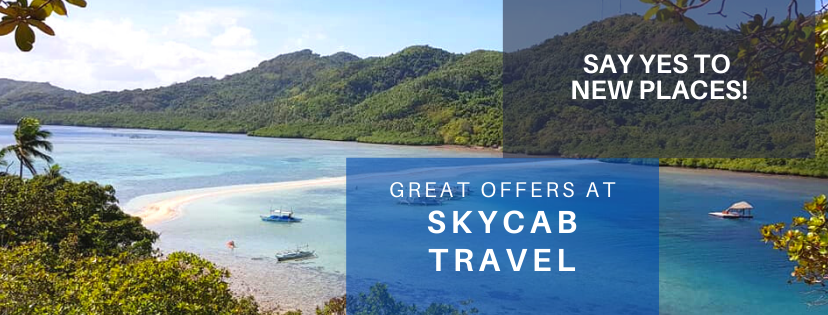To download printable land arrangement:
New Zealand Land Arrangement until September 2013 (updated 6/12/13)
In 2007, around 2.2 million overseas visitors tramped, wheeled, wined and dined across the country, up almost 40% from a relatively meagre 1.6 million in 1999. But at what cost? Extra visitors strain the clean, green environment NZ is renowned for, and all this wilderness frenzy is having an impact: the skies above Franz Josef Glacier buzz with droning aeroplanes, tourists still shampoo in creeks, and locals simply avoid entire chunks of NZ because of the tourist hordes. In response, the Department of Conservation (DOC) has implemented a booking system for its Great Walks - there are nine including the Milford Track, Routeburn Track and Abel Tasman Coast Track - to avoid overcrowding and minimise environmental damage. The NZ tourism industry is embracing all things ‘eco’, while regionally, eateries and farmers markets selling local produce present sustainable options. Regardless, hardcore environmentalists claim the industry and government aren’t moving fast enough. Drought and climate change are fanning the flames...
And then of course there’s the national obsession – rugby. After yet another dazzling failure at the 2007 Rugby World Cup in France, the All Blacks are desperate to redeem themselves on home soil in 2011. The most successful rugby team in history (a 74% winning record!), the beloved All Blacks, were red-hot favourites in 2007, but crumbled under sustained quarter-final pressure from the French. Errors, poor decision-making and appalling umpiring delivered the New Zealanders a 20-18 defeat. The dumbfounded nation wept in the streets and looked around for someone to blame – calls for wholesale sackings were followed by ugly character assassinations in the media. The fragile national psyche took a beating, distraught Kiwis turning to each other and saying, ‘We suck at the only thing we’re good at!’ Until 2011, the team will have to satisfy itself with routine demolitions of Australia and South Africa in the annual Tri Nations and Bledisloe Cups.
The national real estate boom continues to mesmerise sellers and infuriate buyers. Rising house prices have stabilized with rising interest rates, but wages have failed to keep up: Auckland, Christchurch and Wellington are among the world’s most expensive cities in terms of housing affordability (relative to income).
Other topics on local tongues include fixed-net fishing endangering dolphins, vexatious treaty settlements, and didymo (aka ‘rock snot’) infestation in rivers and lakes. And don’t get anyone started on petrol prices...
That’s contemporary NZ in a nutshell! You’re in for an awesome trip. Back home on the couch, your memories will drift from rampaging outdoor activities to world-class food, wine and beer (oh, especially the wine and beer), and chilled-out locals. But your most sparkling recollections will come courtesy of NZ’s natural splendour – there are few countries on this lonely planet as diverse, unspoiled and utterly, utterly photogenic.
Source: Lonely Planet
Last updated: Jun 7, 2011
Photos are Skycab's own.



















